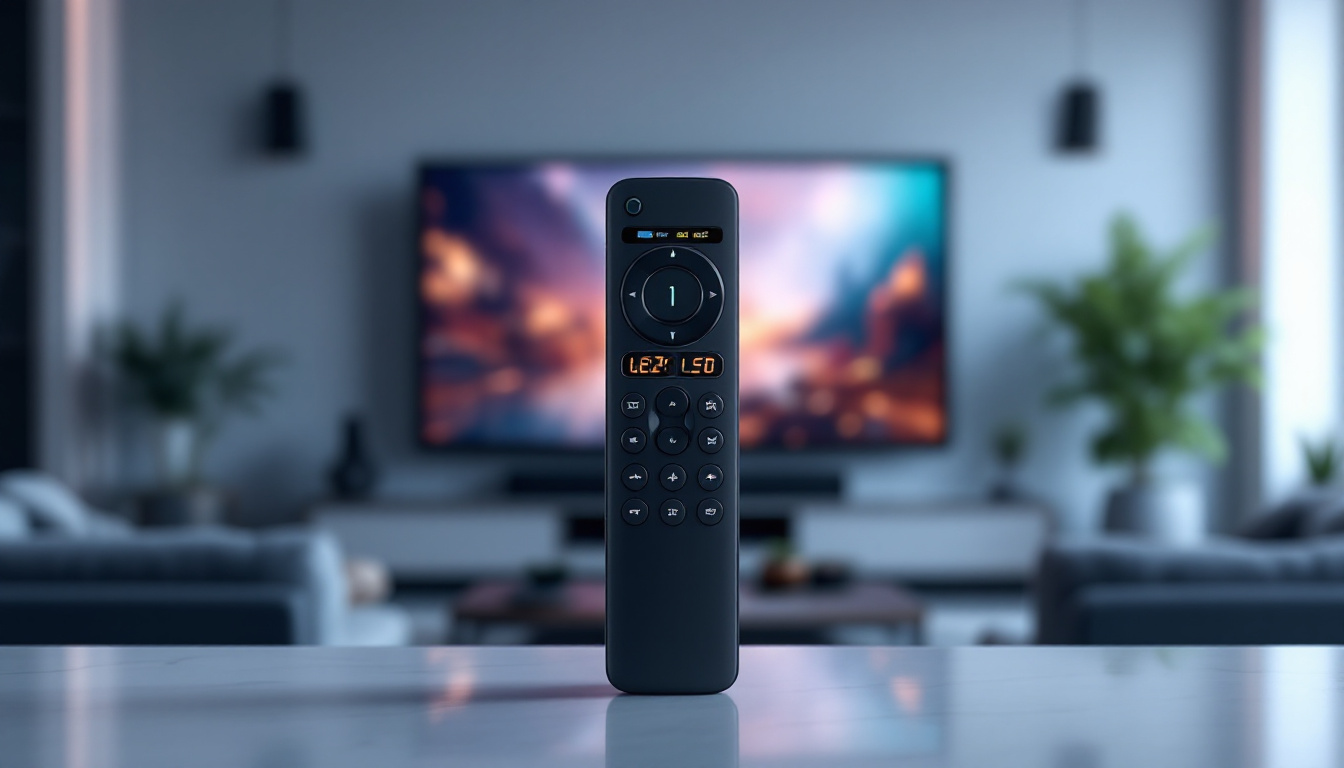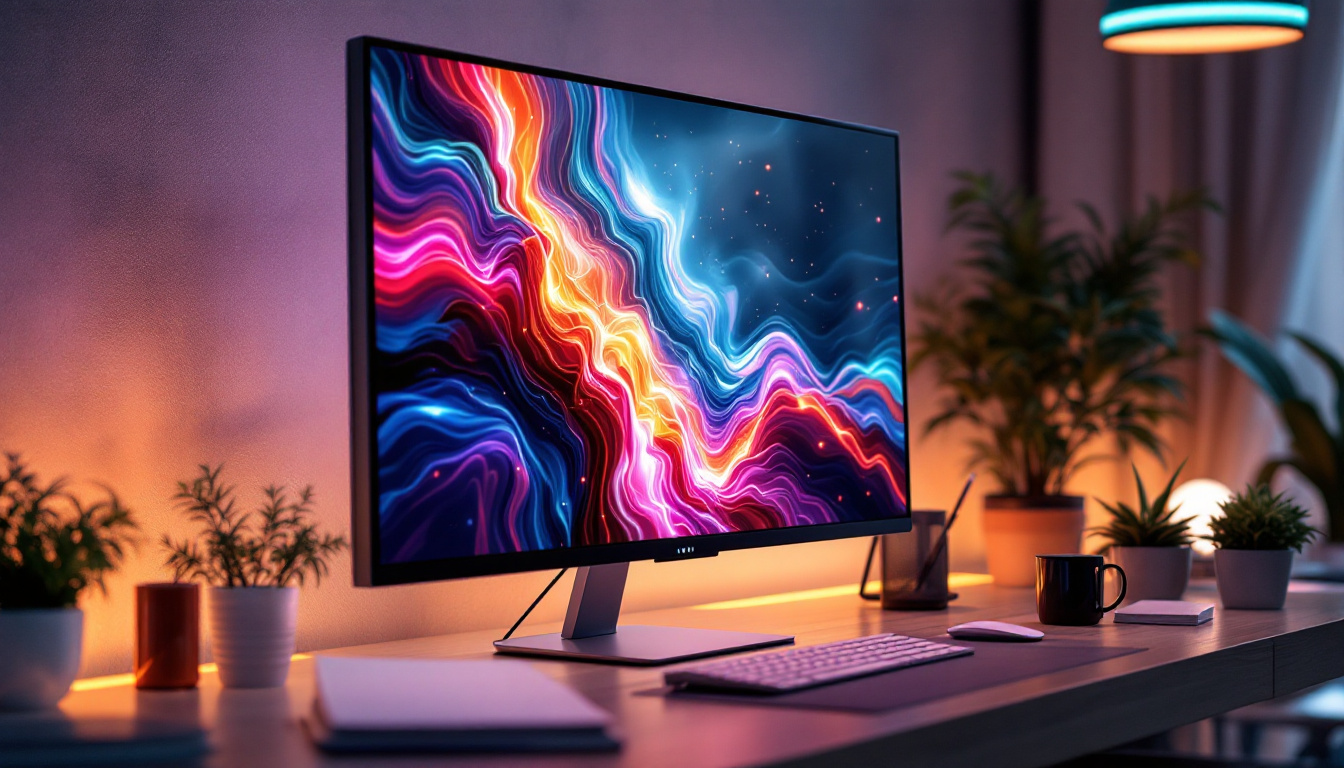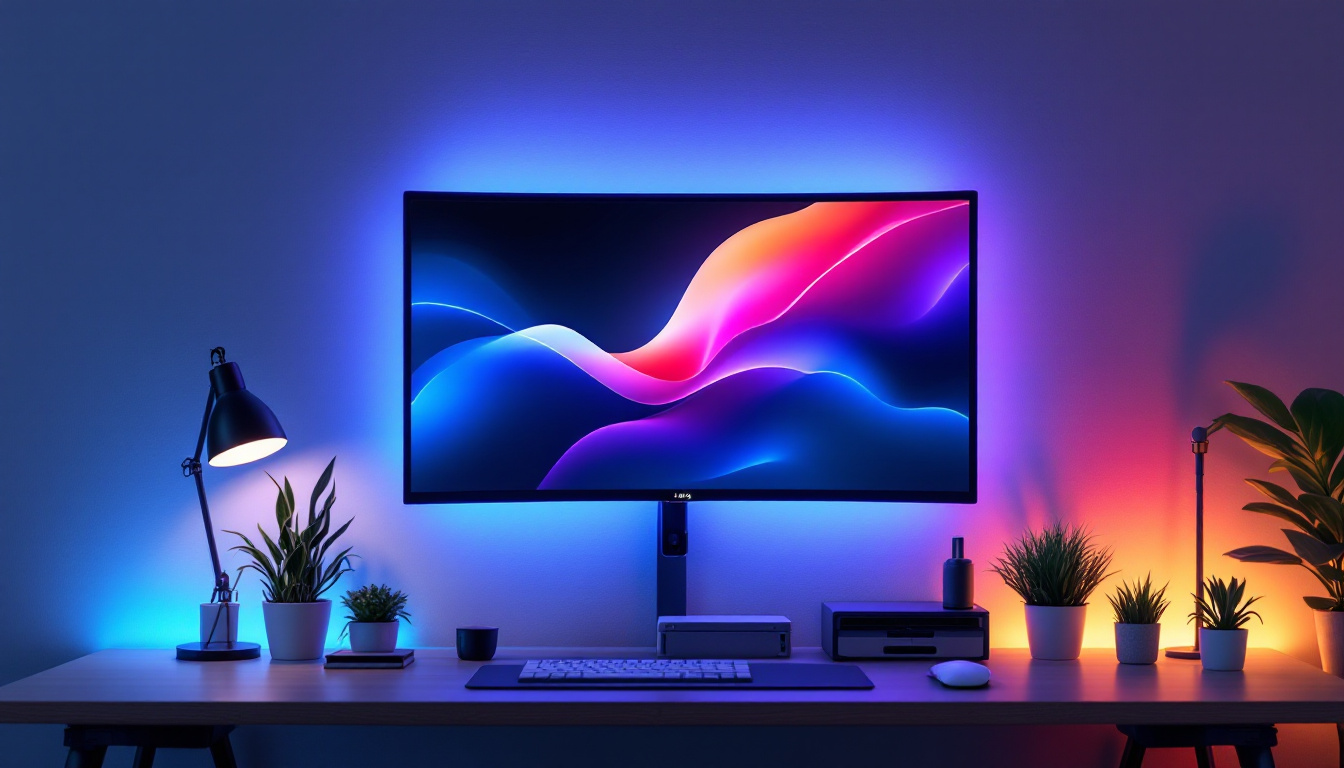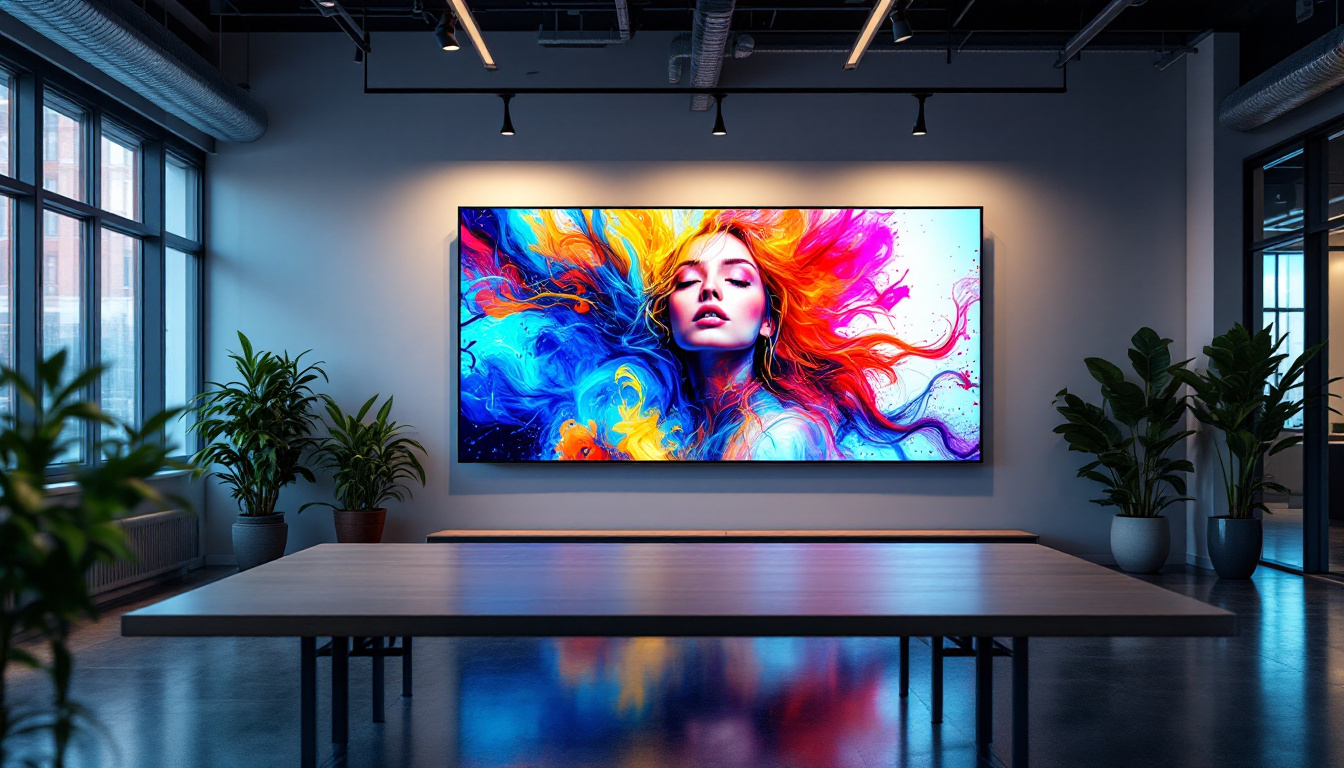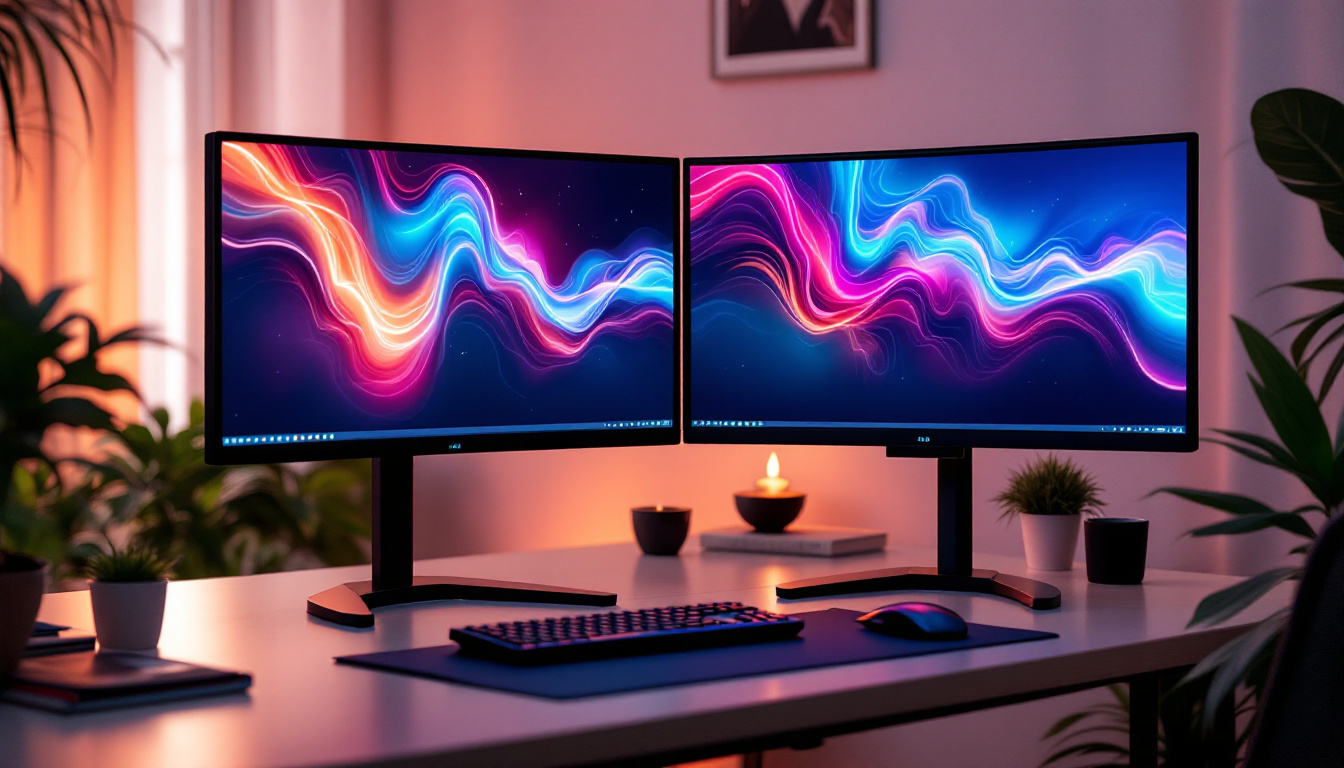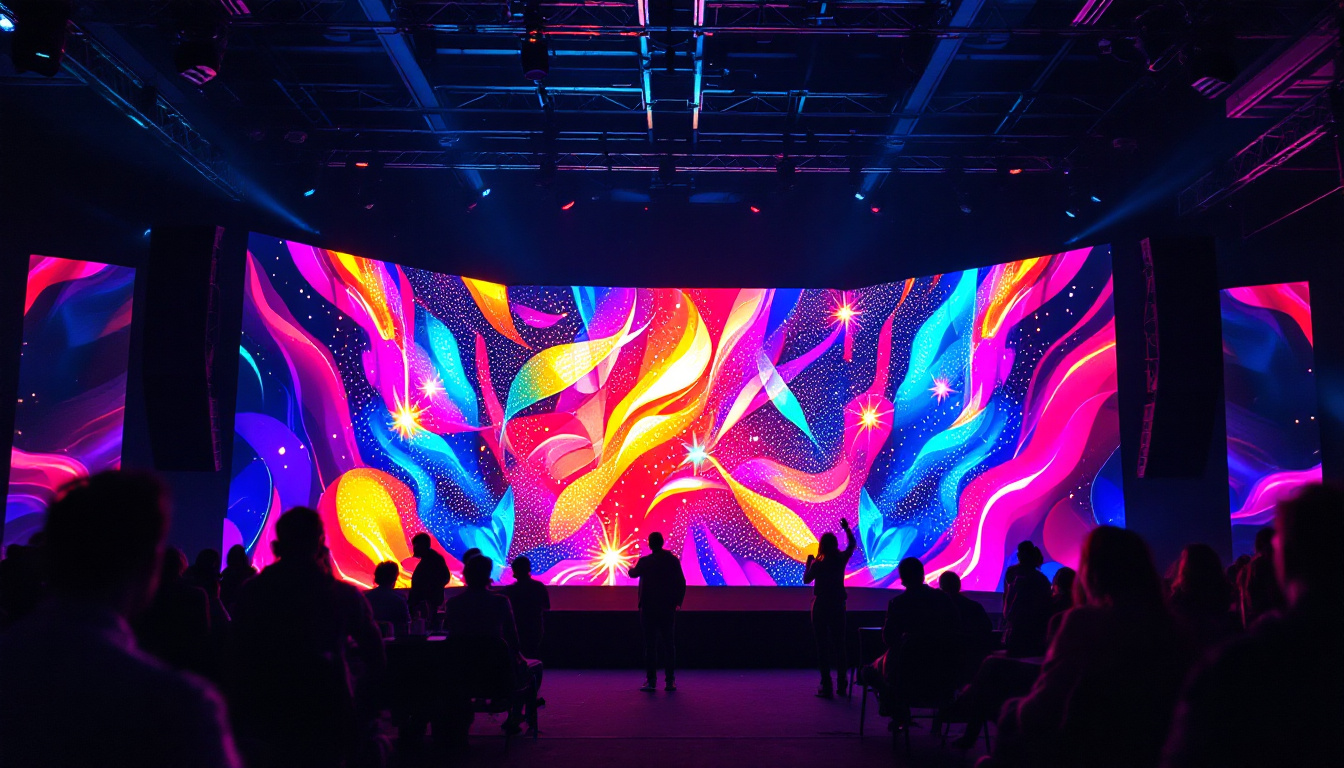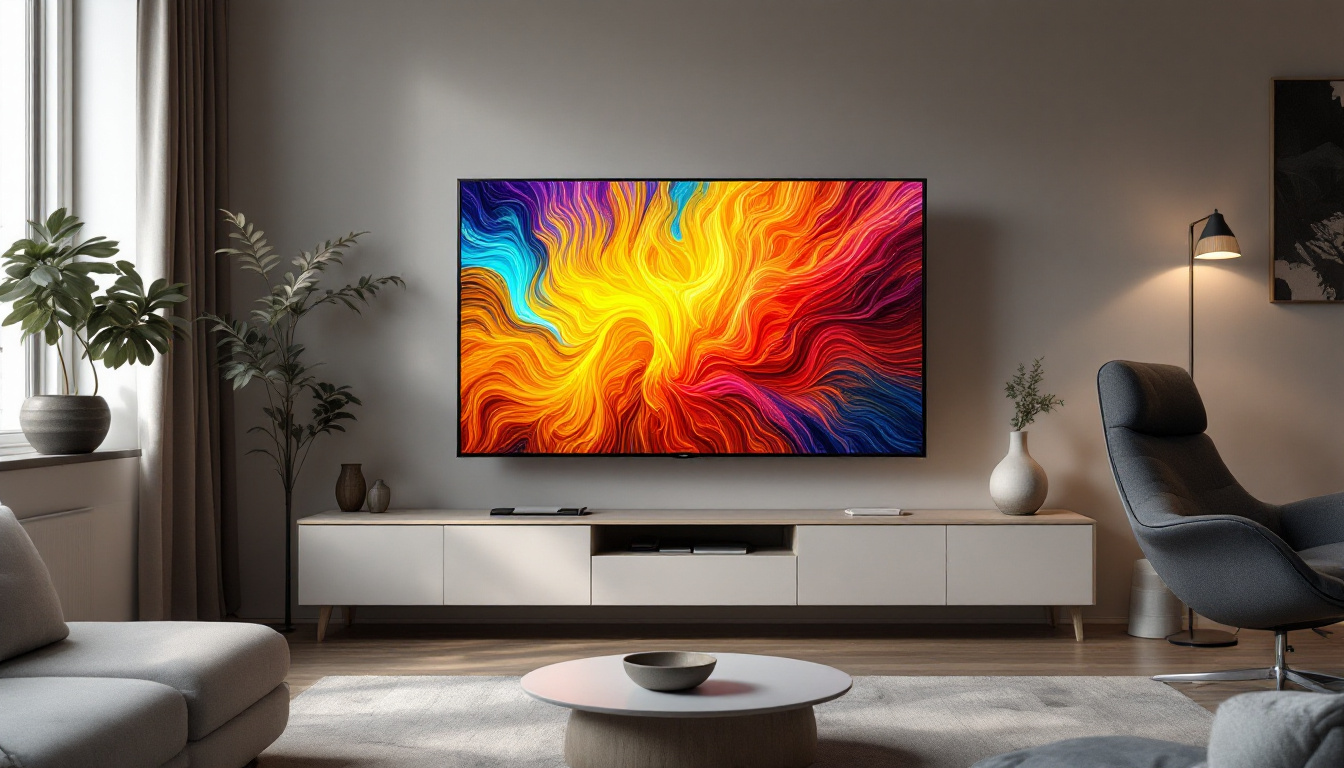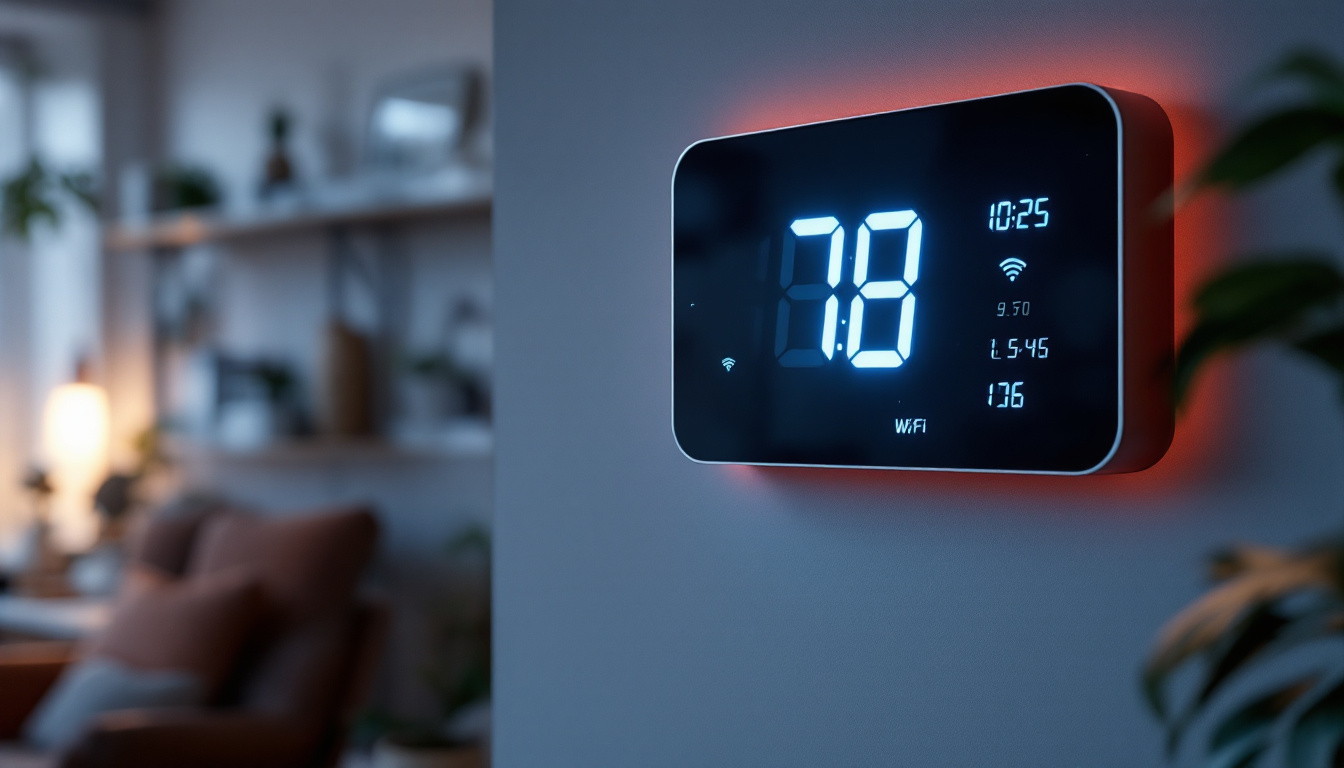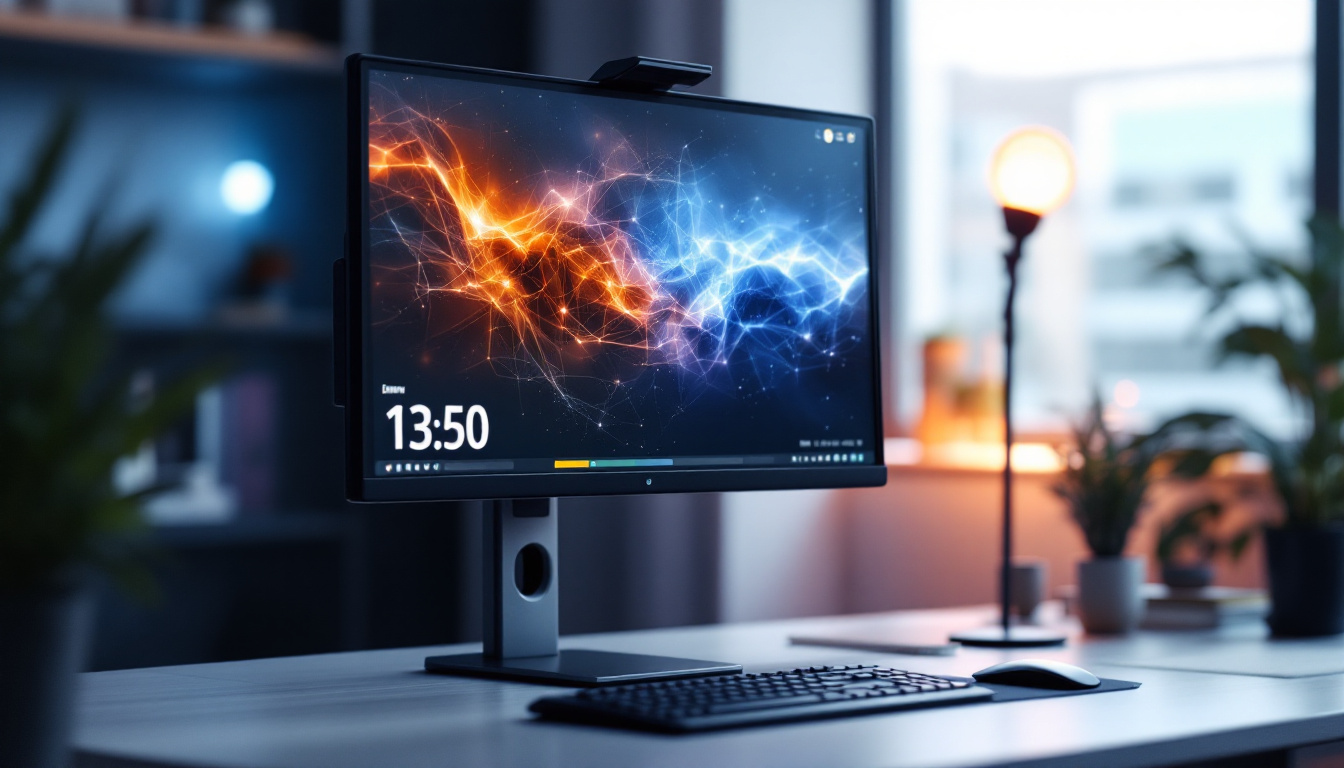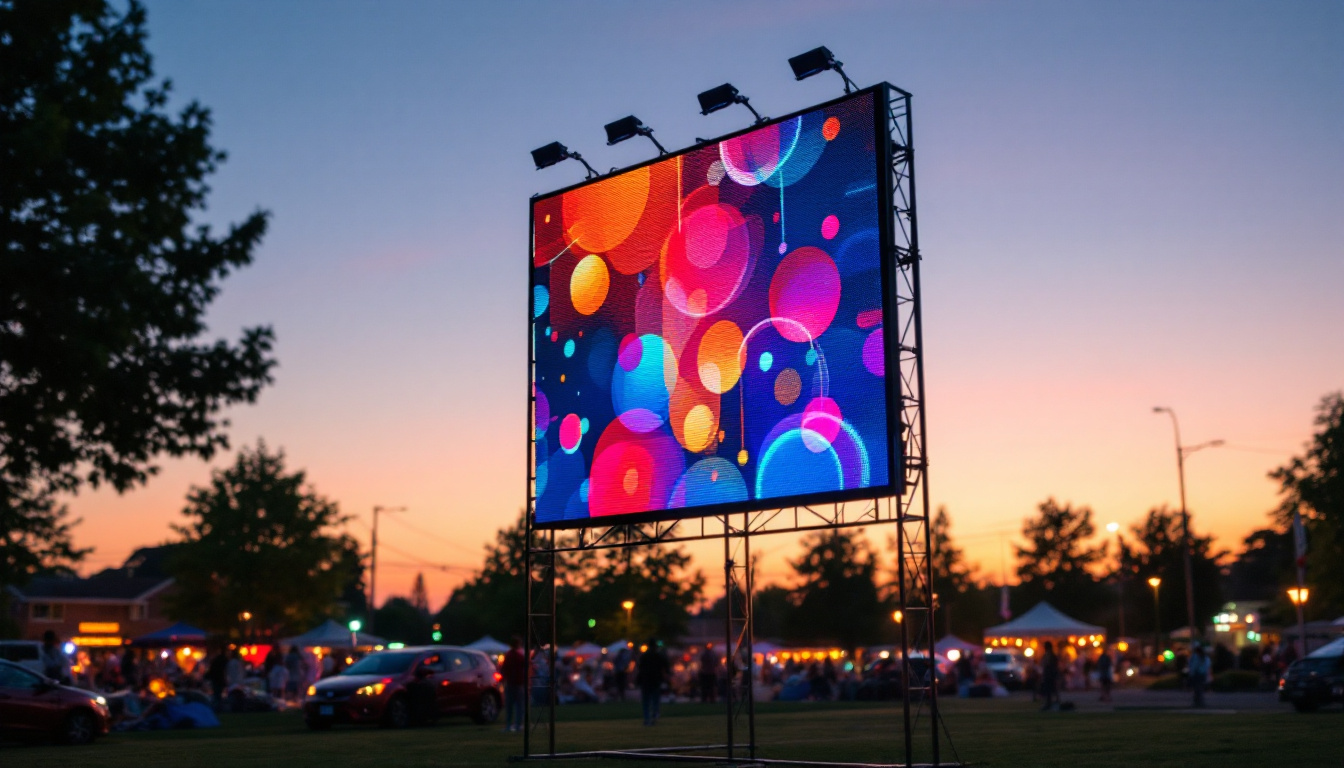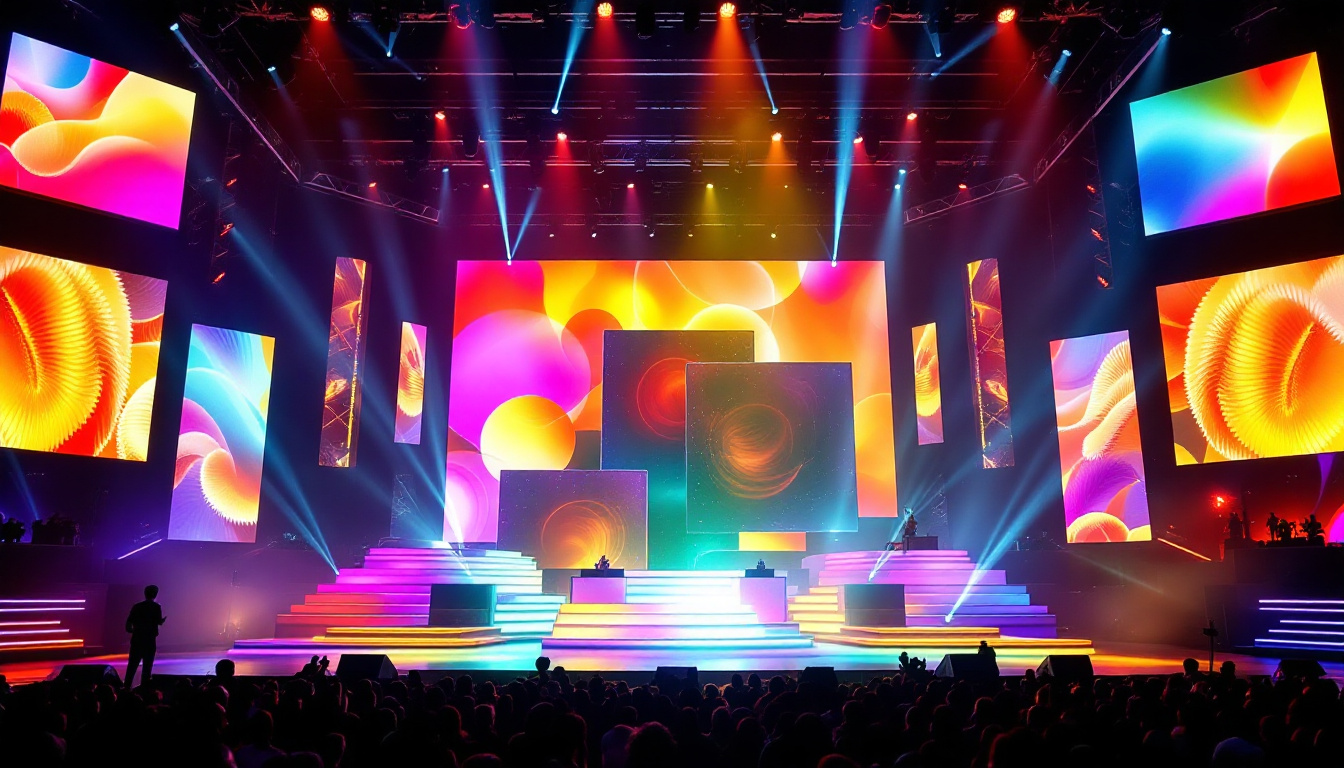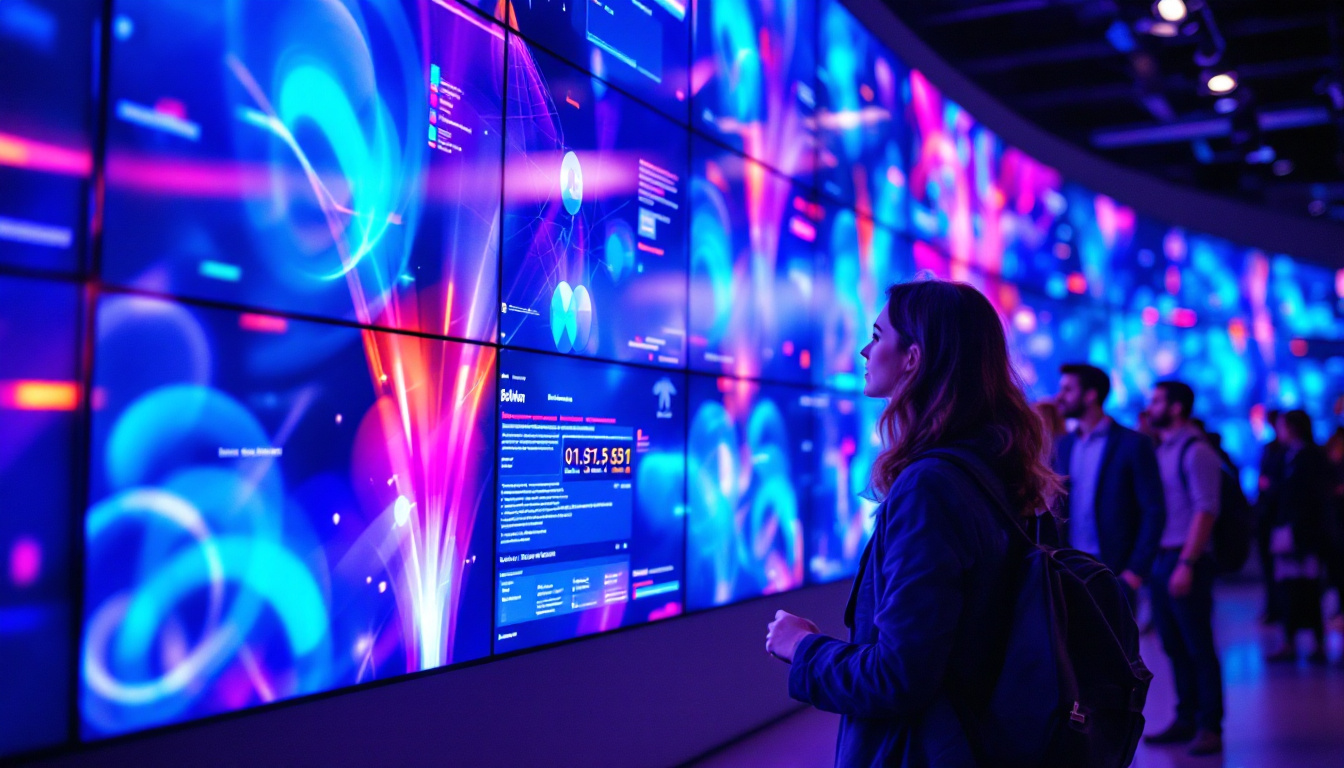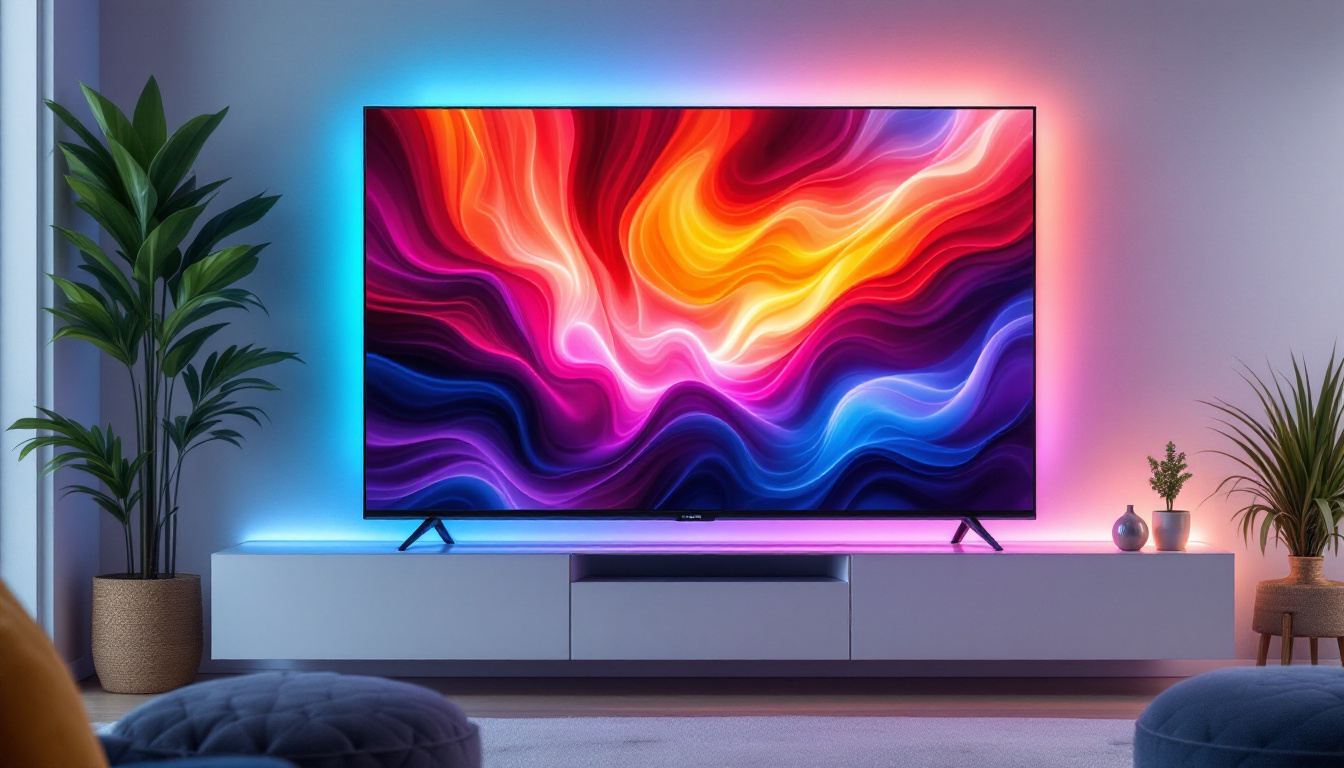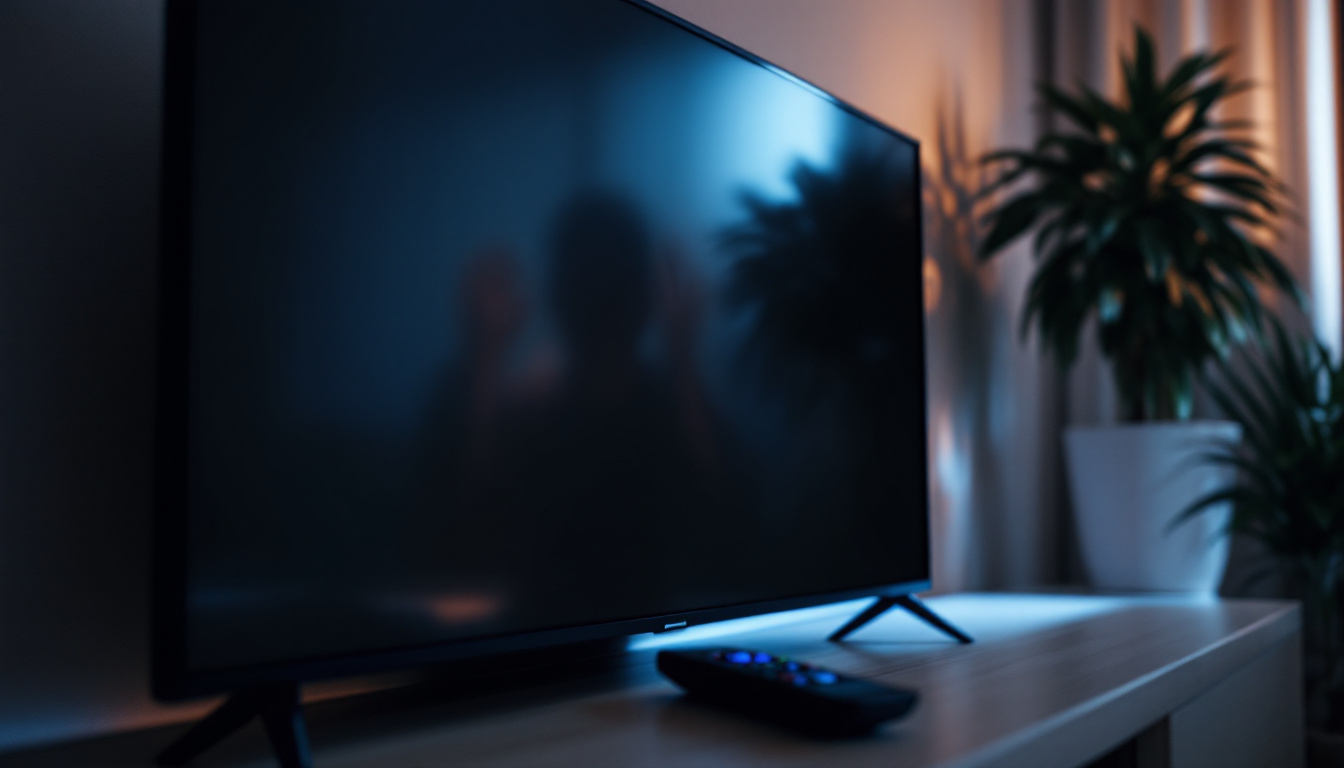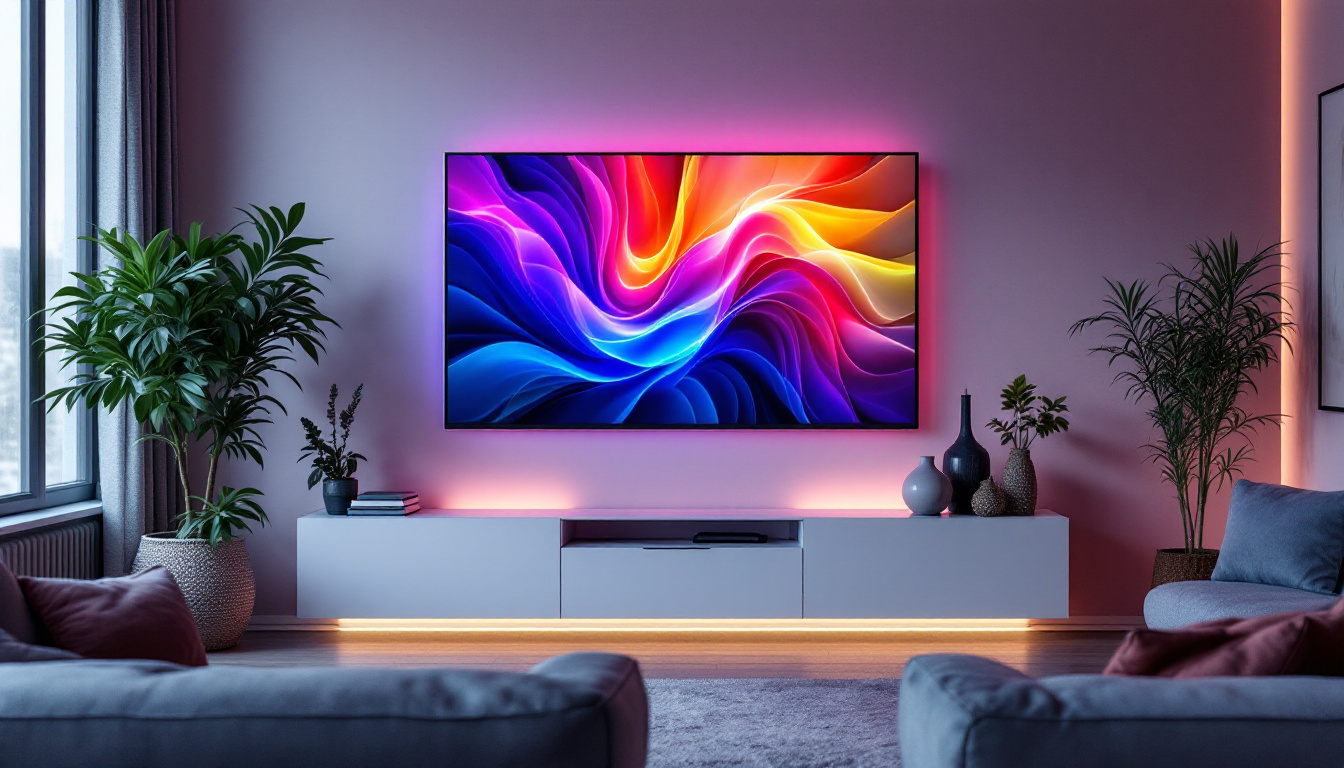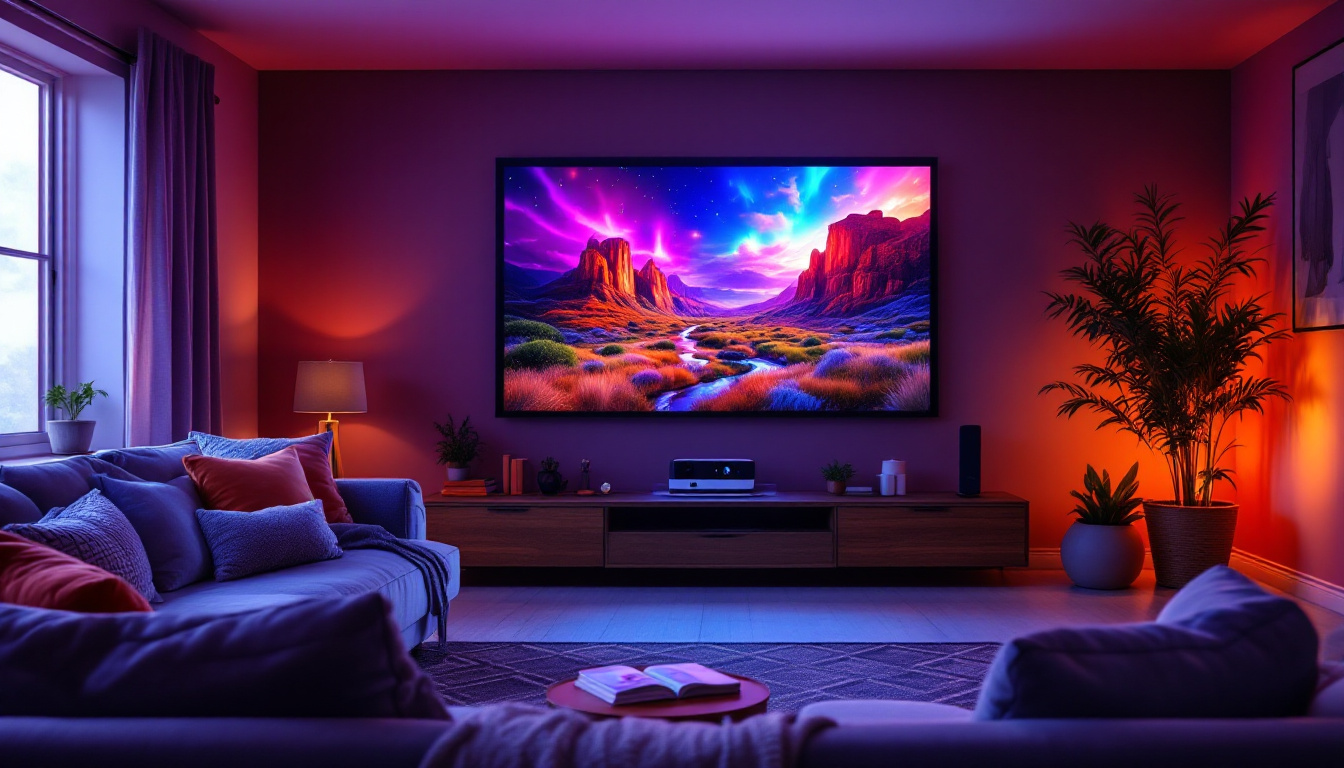In the realm of home entertainment, the remote control has evolved significantly from its humble beginnings. Today, touch screen remote controls with LED displays are becoming increasingly popular, offering a more intuitive and interactive way to manage home theater systems. This article delves into the features, benefits, and technology behind touch screen remote controls, particularly focusing on LED displays and their impact on user experience.
Understanding Touch Screen Remote Controls
Touch screen remote controls represent a significant advancement in user interface design. Unlike traditional remotes that rely on physical buttons, touch screen models provide a dynamic interface that can adapt to various functions and devices. This adaptability enhances the user experience by simplifying navigation and control.
Features of Touch Screen Remote Controls
Modern touch screen remotes come equipped with a plethora of features designed to streamline home theater management. These remotes typically offer customizable layouts, allowing users to arrange controls according to their preferences. For instance, frequently used functions can be placed front and center, making them easily accessible.
Additionally, many touch screen remotes support multi-device control, enabling users to manage everything from the television and sound system to streaming devices and lighting. This integration reduces clutter and simplifies the overall entertainment experience. Some advanced models even allow for voice commands, further enhancing convenience by letting users control their devices hands-free. This feature can be particularly useful during gatherings when users may not want to fumble for a remote while entertaining guests.
Benefits of Touch Screen Technology
The benefits of using touch screen technology in remote controls are manifold. One of the most significant advantages is the ease of use. Touch screens allow for intuitive gestures, such as swiping and tapping, which are often more natural than pressing physical buttons. This can be particularly beneficial for families with children or elderly members who may struggle with traditional remotes.
Moreover, touch screen remotes often feature backlit displays, making them usable in low-light conditions. This is a crucial aspect for those who enjoy watching movies at night without the distraction of bright lights. Furthermore, many models include haptic feedback, which provides a tactile response when a button is pressed on the screen. This feature can enhance the user experience by giving a sense of confirmation, making it easier to navigate through menus and options confidently. Additionally, some remotes are designed with customizable themes and colors, allowing users to personalize their interface to match their home decor or personal style, adding a touch of individuality to their entertainment setup.
The Role of LED Displays in Remote Controls
LED displays play a pivotal role in enhancing the functionality and aesthetic appeal of touch screen remote controls. These displays not only provide visual feedback but also contribute to the overall user experience by offering clear and vibrant graphics. The integration of LED technology into remote controls has transformed the way users interact with their devices, making it easier to access and manage various functionalities at the touch of a finger.
Advantages of LED Technology
LED technology has several advantages over traditional LCD displays. Firstly, LED displays are known for their superior brightness and contrast ratios, which result in clearer images and text. This clarity is essential for users who may be navigating complex menus or viewing small icons. The high-definition visuals provided by LED screens ensure that users can easily read information, even in low-light environments, making them ideal for late-night movie marathons or gaming sessions.
Furthermore, LED displays consume less power than their LCD counterparts, which can extend the battery life of the remote control. This is particularly important for devices that are frequently used, as it reduces the need for constant battery replacements. Additionally, the longevity of LED technology means that users can expect their remote controls to last longer without the need for repairs or replacements, ultimately providing better value for their investment.
Interactive Features Enabled by LED Displays
LED displays enable a range of interactive features that enhance user engagement. For example, many touch screen remotes utilize graphical user interfaces (GUIs) that can display rich visuals, including icons, animations, and even video previews. This level of interactivity allows users to navigate their home theater systems more effectively. The ability to customize the interface with personal preferences further enriches the user experience, as individuals can tailor their remote controls to suit their specific needs and habits.
In addition, some advanced remotes incorporate haptic feedback, providing tactile responses to user inputs. This feature can enhance the feeling of control, as users receive immediate feedback when they touch the screen, making the experience more satisfying. The combination of visual and tactile feedback creates a more immersive interaction, allowing users to feel more connected to their devices. Moreover, with the rise of smart home technology, LED displays in remote controls are becoming increasingly sophisticated, often integrating voice recognition and smart assistant capabilities, which further streamline the user experience and make controlling multiple devices seamless and intuitive.
Choosing the Right Touch Screen Remote Control
When selecting a touch screen remote control with an LED display, several factors should be considered to ensure it meets individual needs and preferences.
Compatibility with Devices
One of the first considerations should be compatibility with existing devices. Not all remotes can control every device, so it is crucial to choose a model that supports the specific brands and types of equipment in your home theater setup. Many manufacturers provide compatibility lists, making it easier to find the right match.
Customization Options
Customization is another vital aspect to consider. Look for remotes that allow users to personalize layouts, icons, and functions. This flexibility can significantly enhance the user experience, making it easier to access frequently used features quickly.
Budget Considerations
Lastly, budget plays a significant role in the decision-making process. Touch screen remotes with LED displays can vary widely in price, depending on features and brand. It’s essential to balance the desired features with budget constraints, ensuring that the chosen remote offers good value for the investment.
Installation and Setup
Once a suitable touch screen remote control has been selected, the next step is installation and setup. While many modern remotes are designed for user-friendly installation, a few tips can help streamline the process.
Connecting Devices
Most touch screen remotes come with a setup wizard that guides users through the process of connecting devices. This typically involves selecting the brand and model of each device, which allows the remote to learn the necessary commands. Following the on-screen instructions carefully can simplify this process significantly.
Programming Macros
Programming macros is another feature that can enhance the functionality of a touch screen remote. Macros allow users to execute multiple commands with a single button press. For example, a “Movie Night” macro might turn on the TV, dim the lights, and start the streaming device, creating the perfect viewing environment with just one touch.
Maintenance and Troubleshooting
Maintaining a touch screen remote control is essential for ensuring its longevity and optimal performance. Regular care can prevent common issues and enhance the user experience.
Cleaning the Touch Screen
The touch screen should be cleaned regularly to prevent smudges and fingerprints from affecting visibility. A microfiber cloth is typically the best choice for cleaning, as it effectively removes dirt without scratching the surface. Avoid using harsh chemicals that could damage the screen.
Troubleshooting Common Issues
Despite their advanced technology, touch screen remotes can encounter issues. Common problems include unresponsiveness, connectivity issues, or battery drain. If the remote becomes unresponsive, a simple restart can often resolve the issue. For connectivity problems, checking the batteries and ensuring that the remote is within range of the devices can help. If battery drain is a persistent issue, consider investing in rechargeable batteries or a charging dock.
Future Trends in Remote Control Technology
The future of remote control technology is promising, with several trends emerging that could further enhance user experience. As technology continues to advance, touch screen remotes are likely to incorporate even more innovative features.
Integration with Smart Home Systems
One significant trend is the integration of remote controls with smart home systems. As more homes adopt smart technology, the ability to control lighting, security, and climate through a single remote will become increasingly desirable. This convergence will provide users with a seamless experience, allowing them to manage their entire home environment from one device.
Voice Control Capabilities
Voice control is another area of growth. Many users are already familiar with voice-activated assistants, and integrating this technology into remote controls could revolutionize how users interact with their home theaters. Voice commands could simplify navigation and control, making it even easier to enjoy home entertainment.
Enhanced Personalization Features
Lastly, enhanced personalization features are likely to become more prevalent. Future remote controls may use artificial intelligence to learn user preferences over time, automatically adjusting settings and suggesting content based on viewing habits. This level of personalization could significantly enhance the overall entertainment experience.
Conclusion
Touch screen remote controls with LED displays represent a significant leap forward in home theater technology. By offering intuitive navigation, customizable features, and enhanced interactivity, these remotes provide a user-friendly experience that traditional remotes cannot match. As technology continues to evolve, the future of remote controls promises even more exciting advancements, making home entertainment more accessible and enjoyable for everyone.
Investing in a high-quality touch screen remote control can transform the way users interact with their home theater systems, making it an essential addition for any modern entertainment setup. Whether it’s for convenience, aesthetics, or functionality, the right remote can elevate the entire viewing experience.
Discover the Future of Home Theater Control with LumenMatrix
Ready to elevate your home entertainment experience with the latest in touch screen remote control technology? LumenMatrix, a pioneer in LED display innovation, offers a wide array of cutting-edge solutions that bring your home theater to life. From Indoor LED Wall Displays to Custom and All-in-One LED Display options, LumenMatrix is committed to revolutionizing the way you enjoy visual media. Check out LumenMatrix LED Display Solutions today and step into the future of intuitive control and immersive viewing.

